2025 Mahindra Bolero Neo – Rugged Utility in a Compact SUV with Unstoppable Power
When you think of rugged, reliable, and value-for-money SUVs in India, the Mahindra Bolero Neo instantly comes to mind. Loved by families, small-town buyers, and even adventure seekers, the Bolero Neo blends the toughness of a utility vehicle with the convenience of a modern compact SUV. In 2025, Mahindra has given the Bolero Neo subtle updates that make it even more appealing while retaining its no-nonsense charm.
If you’re considering buying a compact SUV that’s practical, affordable, and capable on Indian roads, here’s everything you need to know about the Mahindra Bolero Neo 2025.
Why the Mahindra Bolero Neo Still Matters in 2025
The Bolero brand is one of Mahindra’s most successful, especially in semi-urban and rural markets. Over the years, Mahindra has refined the Bolero Neo to attract younger buyers without losing its rugged identity. While other compact SUVs are going premium with flashy features and higher pricing, the Bolero Neo continues to focus on practicality, durability, and everyday usability.
Key Highlights of the 2025 Mahindra Bolero Neo
1. Rugged Yet Compact Design
The Mahindra Bolero Neo carries the same muscular stance that buyers love but adds modern styling cues. The updated grille, projector headlamps, and squared wheel arches give it a bold, SUV-like appeal. Unlike fragile-looking crossovers, the Bolero Neo still feels like a proper utility vehicle designed for rough terrains.
2. Proven mHawk100 Diesel Engine
Powering the SUV is Mahindra’s 1.5-litre mHawk100 diesel engine, delivering 100 bhp and 260 Nm torque. Known for its reliability and fuel efficiency, this engine ensures smooth performance in both city traffic and highway cruising. The rear-wheel-drive setup with a body-on-frame construction makes it sturdier than most compact SUVs.
3. Comfortable Cabin With Modern Touches
Step inside, and you’ll notice the Bolero Neo’s practical yet improved interiors. The dashboard is simple but now comes with a 7-inch touchscreen infotainment system with Bluetooth, USB, and smartphone connectivity. The high seating position, comfortable cushioning, and spacious second row make long drives convenient for families.
4. Safety Upgrades
In 2025, safety has become non-negotiable. The Mahindra Bolero Neo comes with dual airbags, ABS with EBD, corner braking control, and ISOFIX mounts as standard. Higher trims include a rearview camera and parking sensors, making it safer than older models.
5. Practical Utility Features
Unlike lifestyle SUVs, the Bolero Neo focuses on everyday practicality. It offers ample boot space, roof rails for extra luggage, and a strong suspension setup for bad roads. Whether you’re driving in a crowded city or taking it to your farmhouse, the Bolero Neo handles everything with ease.
Variants & Pricing of Mahindra Bolero Neo 2025
Mahindra continues to offer the Bolero Neo in multiple trims — N4, N8, N10, and N10 (O) — catering to different budgets. Prices are expected to remain competitive in the ₹10 lakh – ₹13 lakh range (ex-showroom). This makes it an attractive alternative to premium compact SUVs that often cross ₹15 lakh.
Mahindra Bolero Neo vs Rivals
While the Mahindra Bolero Neo doesn’t directly compete with flashy compact SUVs like the Hyundai Venue or Kia Sonet, it appeals to a very different buyer group. Its closest rivals are the Tata Nexon and Maruti Brezza, but the Bolero Neo stands out because of:
- Body-on-frame durability vs. monocoque rivals
- Rear-wheel drive advantage for rough terrain
- Simplicity and ruggedness for semi-urban/rural usage
- Lower maintenance cost compared to premium SUVs
For buyers who prioritize practicality over luxury, the Bolero Neo is still a winning choice.
Who Should Buy the Mahindra Bolero Neo?
The 2025 Mahindra Bolero Neo is ideal for:
- Families looking for a reliable, spacious, and affordable SUV
- Buyers in semi-urban and rural areas who need durability on rough roads
- Professionals and small business owners wanting a tough, multipurpose vehicle
- City users who want an SUV stance without paying for flashy, feature-loaded models
Travel & Stay Tip: Pair Your Road Trips with Indigo Hotels
Planning long drives in your Mahindra Bolero Neo? Enhance your journeys by booking stays at Indigo Hotels — a perfect mix of comfort, affordability, and smart hospitality. With Indigo Hotels available across major Indian destinations, you can enjoy hassle-free stays while exploring offbeat spots in your Bolero Neo. Use platforms like Booking.com, Agoda, or Hotels.com to grab the best Indigo Hotel deals for your next road trip.
Final Verdict
The Mahindra Bolero Neo 2025 isn’t about fancy features or premium appeal — it’s about rugged reliability, practicality, and value for money. For buyers who need an SUV that can handle bad roads, offer comfort to families, and deliver dependable performance at a reasonable price, the Bolero Neo remains one of the most sensible options.
In a market where SUVs are getting expensive and complex, the Bolero Neo stays true to its roots — rugged, simple, and ready for India’s diverse road conditions.
So, if you want a compact SUV with the heart of a true utility vehicle, the Mahindra Bolero Neo 2025 deserves a serious look.
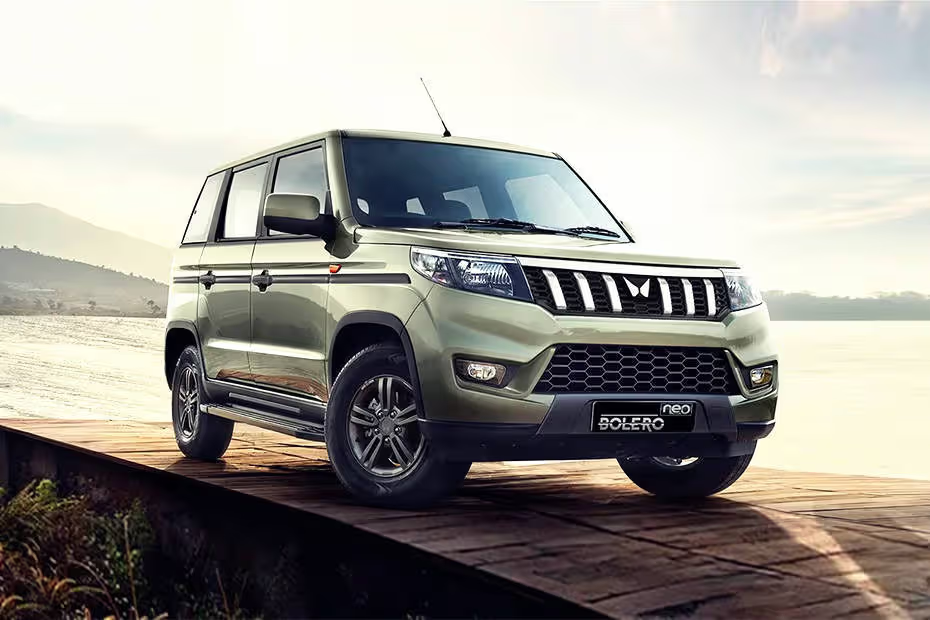
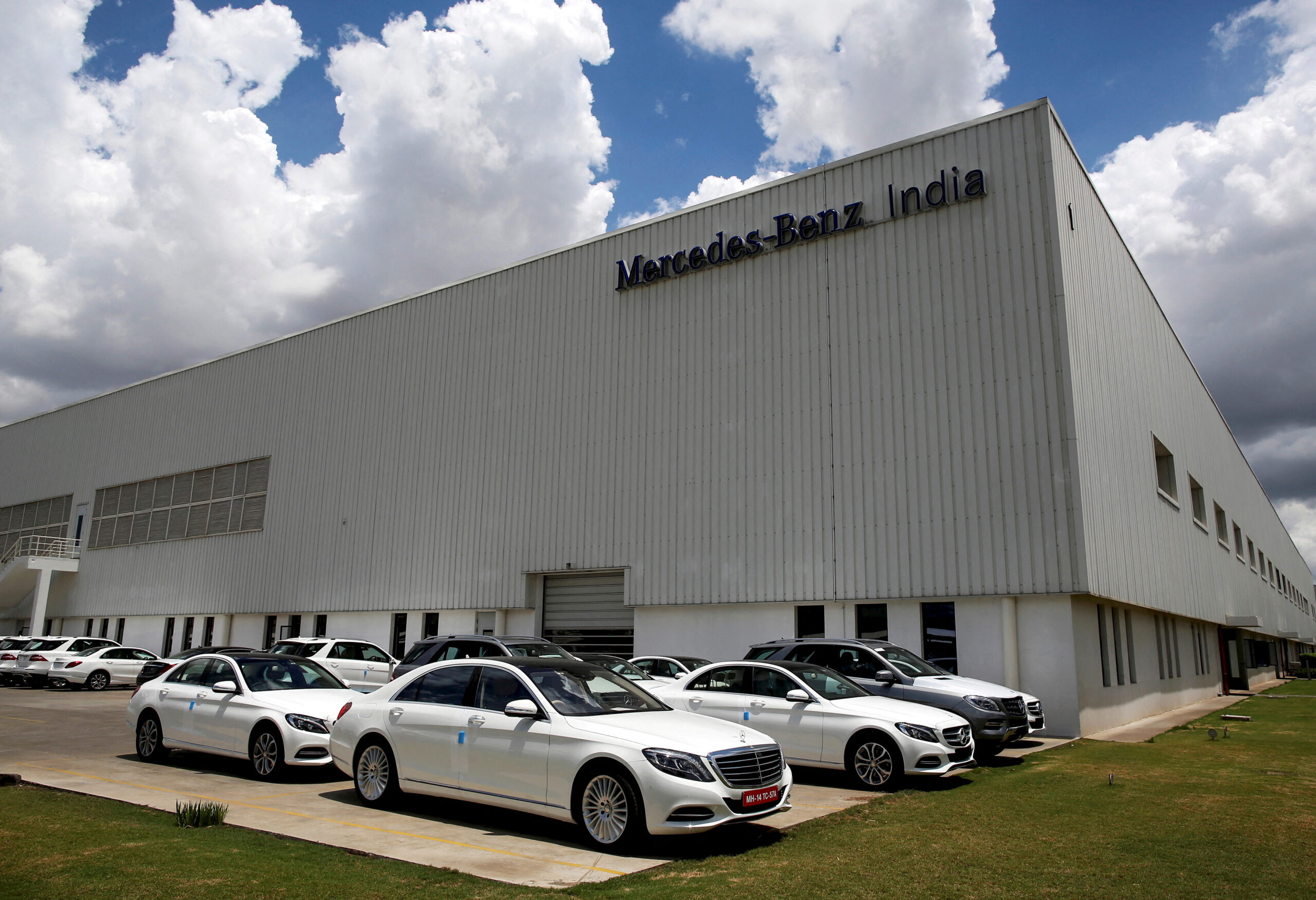
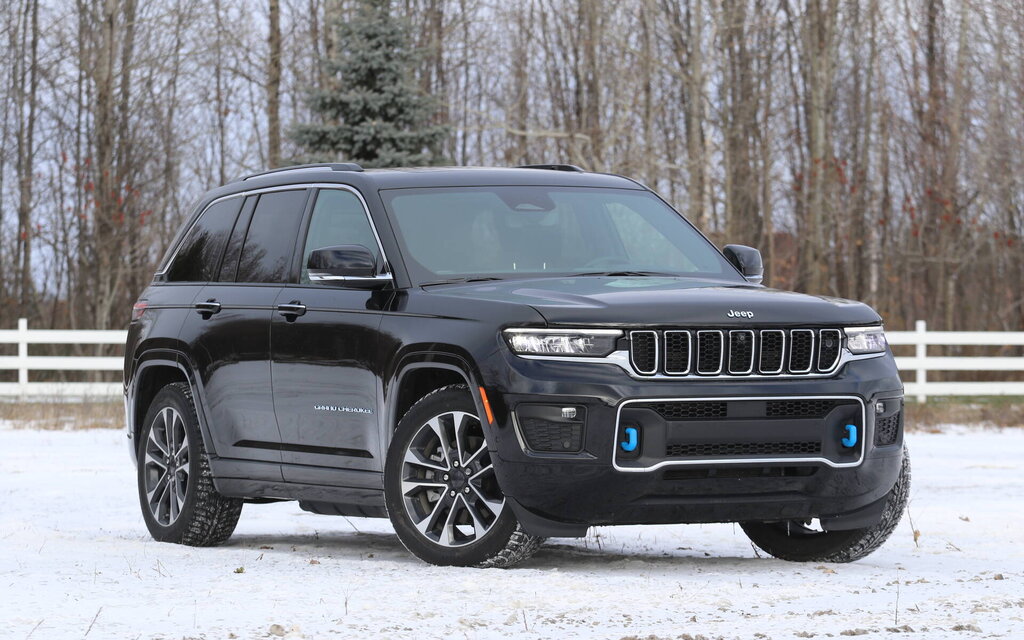
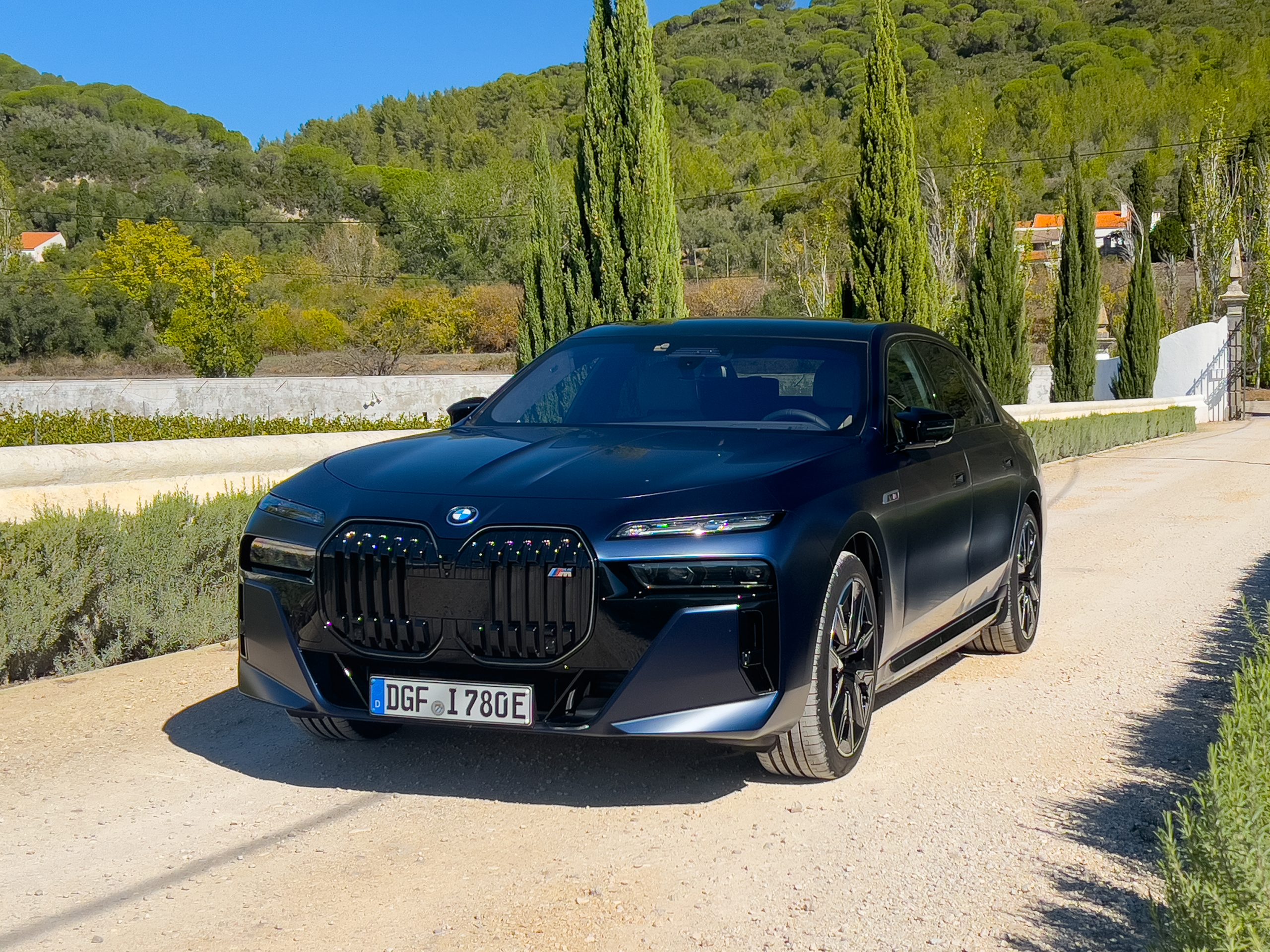
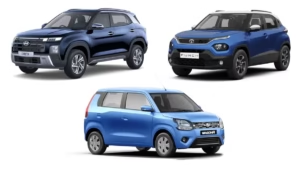

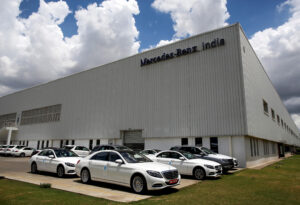
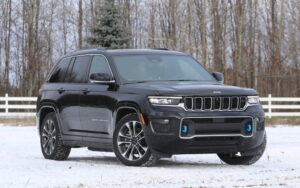
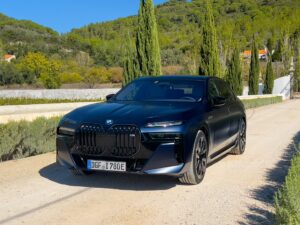
Post Comment